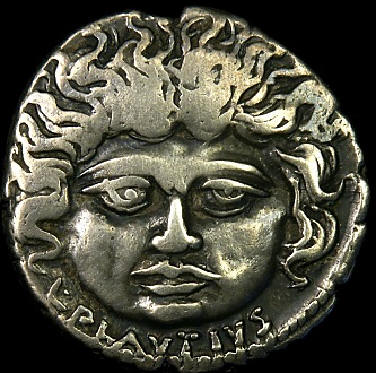 London, Nov 3 : One of the largest deposits of Roman coins ever found in Wales, UK, which consists of nearly 6,000 copper alloy coins, has been declared a treasure trove.
London, Nov 3 : One of the largest deposits of Roman coins ever found in Wales, UK, which consists of nearly 6,000 copper alloy coins, has been declared a treasure trove.
According to a report by BBC, the Roman coins hoard was found buried in two pots in a field at Sully, Vale of Glamorgan, by a local metal detector enthusiast in April.
Two separate hoards were found by the metal detectorist on successive days, one involving 2,366 coins and the other 3,547 coins, 3m away.